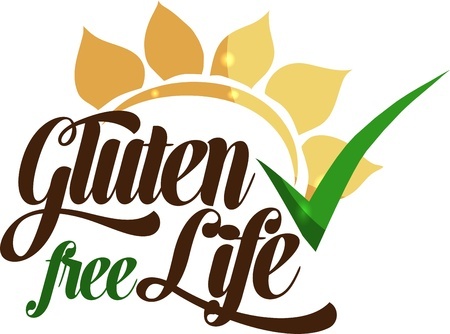
What is gluten? The same question was asked at a recent Jimmy Kimmel Live Show and none of the interviewees who embrace the gluten-free diet knew exactly what gluten is.
Gluten is a protein naturally found in certain grains such as wheat, barley, rye and crossbreeds of these grains. Wheat flour in supermarket shelves may be sold as bromated, enriched, phosphate, plain and self-rising. They may also come with names like spelt, semolina, kamut, graham flour, farina, durum flour and bulgur. (Source: Mayo Clinic and LivingBetterAmerica)
Foods like bagels, breads, cakes, croutons, cereals, cookies, crackers, pasta and pizza are made with these grains. Gluten is also found as a food filler in imitation meat, veggie burgers, candy, seasoned rice mixes, sauces, snacks, processed meats, gravies, beer, soups and packaged ready-made food. You may even find it in prescription drugs and over the counter medications.
How is gluten free defined?
FDA defines gluten free as foods that do not contain the following ingredients-
● Gluten-containing grain (including spelt, wheat)
● Gluten-containing grain that has not been processed to remove gluten (e.g. wheat flour)
● Gluten-containing grain that has been processed to remove gluten (e.g. wheat starch) if the use of that ingredient results in the presence of 20 parts per million (ppm) or more gluten in the food
How do you know if you have gluten intolerance or gluten sensitivities?
1. Skin rashes – there are many factors that may cause skin rashes. It may look like you have eczema but keratosis pilaris and dermatitis herpetiformis are two skin problems due to gluten intolerance. Keratosis pilaris is usually white, sometimes red and usually doesn’t hurt or itch. Dermatitis herpetiformis is extremely itchy rash and consists of bumps and blisters. The rash is chronic. These rashes appear on arms, torso, face, buttocks, elbows, knees and hairline. (Source: NLM)
2. Digestive and gastrointestinal issues – bloating, gas, abdominal cramps, chronic constipation, diarrhea, and IBS (irritable bowel syndrome) may be some of the issues related to gluten intolerance.
3. Delayed growth – children with abnormal weight and height gains may be suffering from gluten intolerance. Their body can’t absorb the nutrients needed for growth.
4. Joint pains – pain on joints, fingers and knees could be symptoms of gluten intolerance.
5. Depression, anxiety and mood swings
6. Chronic acne
7. Migraines and headaches
8. Brain fog
9. Attention Deficit Disorder (ADD)
10. Dizziness and off balance
11. Hormone imbalances
12. Tingling, swelling or numbness of fingers and toes
These are just some of the common symptoms found in people with gluten intolerance.
Here is a recording on Is Food Causing Your Health Problems? This recording will enlighten you about gluten intolerance and list more symptoms of gluten intolerance. I am sharing my own story here.
Not all grains have gluten. Being gluten intolerant doesn’t mean you avoid all grains. Popcorn, quinoa, amaranth, buckwheat, millet, sorghum, teff and oats (not contaminated when processed), rice and corn are naturally gluten-free. These grains are filled with minerals, vitamins, antioxidants and fiber. (Source: Time)
Even if you are not suffering from gluten sensitivity, these grains are nutritious and affordable. They can add to the variety of food in your pantry. A study done by Purdue University shows that quinoa has lower sodium content and is higher in calcium, phosphorus, magnesium, potassium, iron, copper, manganese, and zinc than wheat, barley, or corn. These are important minerals for growth and according to Nobel Prize winner Linus Pauling PhD., you can trace every sickness, every disease and every ailment to a mineral deficiency.
If you feel that you may be suffering from gluten intolerance, I suggest you have a food journal and write down what you eat for at least a month. For example if you have stomach cramps every time after eating pasta made of wheat or semolina, try eliminating pasta for at least 10 days and record your progress.
Read this article about food journaling – Top 10 Tips to Keeping a Food and Nutritional Journal for Total Wellness.
If you have any questions please leave it in the comment section below. I look forward to serving you.
Disclaimer: This information is not meant to diagnose, prescribe, treat or cure any illness or disease. It’s strictly for informational, educational, or entertainment purposes ONLY. The products I talk about are not meant to diagnose, prescribe, treat or cure any illness or disease. Any information I give you about them is for informational or entertainment purposes only. They have not been evaluated or approved by the FDA. Please seek the qualified health professional of your choice when making health decisions for yourself, your family and your pets.



